The common repeated phrase “change is the only constant” seems to hold some element of truth in a fast-paced capitalist economy. While the value of exchange is perhaps prioritised in a system where “worth” is tethered to “price,” one wonders wether art forms remain unaffected by such developments. A safe speculation of this matter rests on this: “In all arts there is a physical component that cannot continue to be considered and treated in the same way as before; no longer can it escape the effects of modern knowledge and modern practice. Neither matter nor space nor time is what, up until twenty years ago, it always was” (Paul Valéry, Pièces sur l’art, 1938).
If in a chronological spectrum, adaptation and evolution appears to be inevitable, is there really an originality to art and its representation? For instance, take Madhubani— an art form emerging from the Mithila region spread across Bihar, Jharkhand, and Nepal— in its contemporary context. With its present-day artists addressing political themes related to feminism, female infanticide, menstruation, motherhood and so on, a movement from “traditional” themes such as deity worship and religious symbolism is evident. However, the question here is not to measure the pros and cons of such a shift, but rather to understand and deliberate upon its metamorphosis so to say.
To better explain this progression, Madhubani’s evolution has been divided into three parts. First, the movement from the traditional medium of art i.e., walls, floors, doors etc. to the medium of paper. The devastating natural disaster of the 1960s propelled the Indian government to encourage traditional artists (who were predominantly women) to generate income via marketing their artwork. Naturally then (since walls cannot be auctioned off!), paper became the primary medium of art demonstrations. This brings us to the second part. The transfer to parchment obviously heralded a host of new additions ranging from the dramatic change of colours (the inclusive of pink, golden, bright blue, purple etc. to the red-brown, tan-mustard palette) to the third– the very methods of production. The increase in reception/demand for the artwork eventually caused an influx of middlemen who negotiated erratic deals between the artist and consumer. Levels of exploitation due to lack of direct communication caused by perhaps poor knowledge of market price by the sellers, led to a dramatic chasm of imbalances.
Although one could argue that the “income generation” of artists did propagate Madhubani as an important art form which definitely bolstered interests by international tourists, an equally viable argument for blatant and unchecked misuse of artists’ skills holds ground. Despite tourism’s neatly manufactured packages advertised in glossy brochures and television sets, the underside of such an exposure did more harm than good. Mass tourism enables and encourages a standard of living where lives of actual, living, existing people and communities are condensed to check boxes or to-do-lists tourists can tick off on. India’s open capitalist system has unfortunately given rise to numerous cosmopolitan consumers who will value the lesser quality of art work in comparison to the actual one due to price difference and immediate availability. Nevertheless, before one is disheartened, there are pockets of people striving hard to stop a complete degradation of Madhubani art work. For example, The Ethnic Arts Foundation (EAF) and Mithila Art Institute (MAI) to name a few, have been working to make available “aesthetically powerful paintings [that are] humanely and economically viable for the painters [themselves]”. There has also been a clarion call for special interest tourism (SIT) (over mass tourism) which prioritises ethical, sustainable, and responsible tourism. The goal is to push people to visit places with a sense of commitment, a sense of a “personal journey” – away from the crowd. A delve into Madhubani art (or for that matter, all art) should be an organic one. Learn the artists' names, their places of stay, their reasoning for doing what they do, their dreams, and the way they manifest and interpret everyday realities through art.
References:
Madhubani beyond the living rooms - The Hindu
The Collected Works of Paul Valery
https://www.researchgate.net/publication/321801216_Niche_Marketing_And_Tourism/figures?lo=1
Mass Tourism and Un-Sustainability »
India and Nepal’s Mithila Art Is Having a Feminist Renaissance - Atlas Obscura













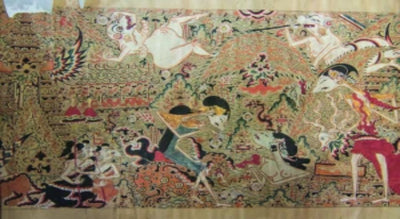
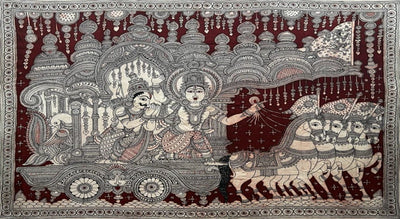

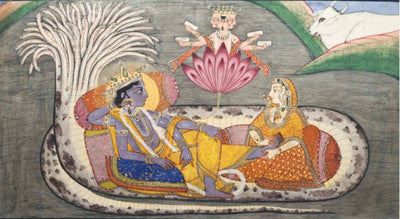

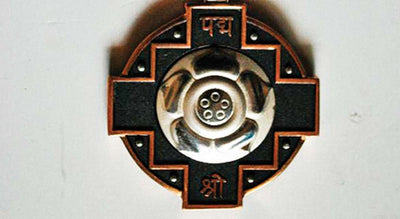
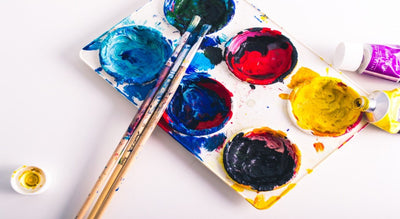
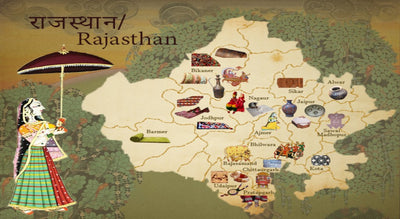
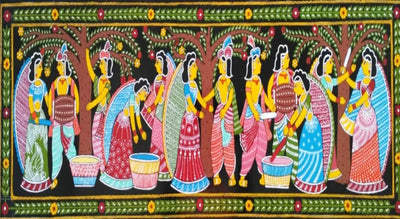
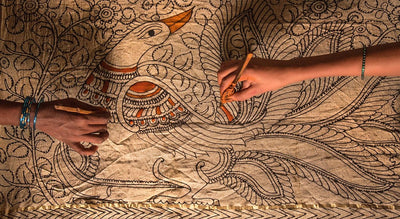
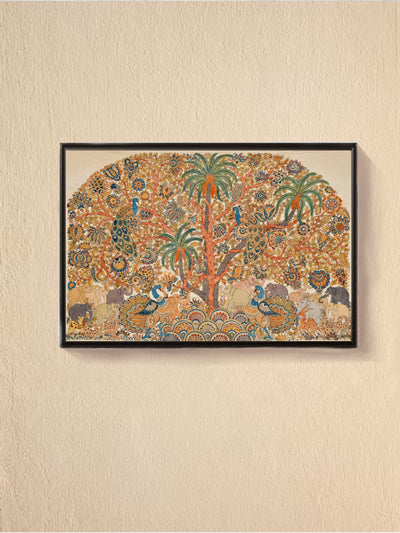







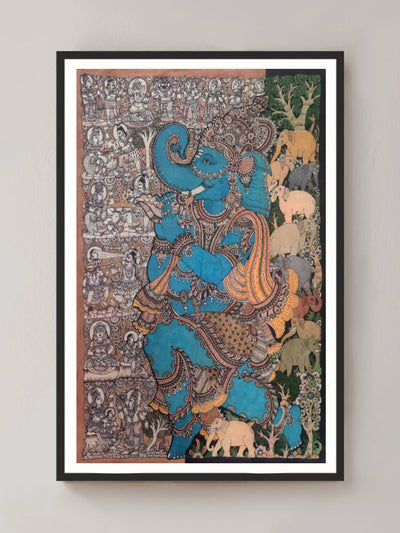








test